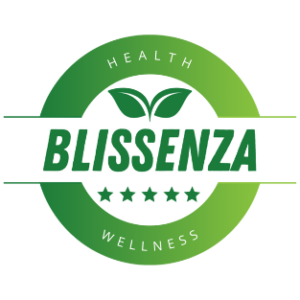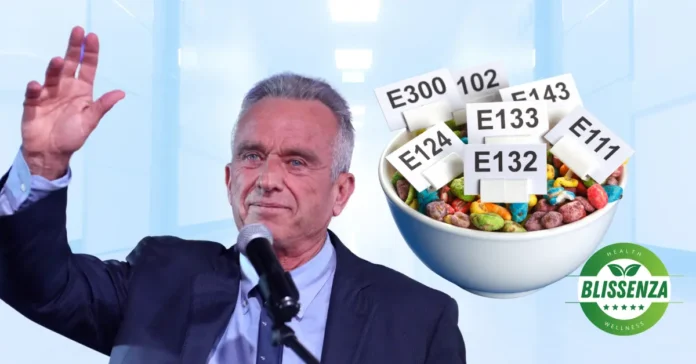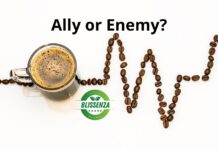A Move That Captivated Millions
On April 22 2025, U.S. Secretary of Health Robert F. Kennedy Jr. unveiled an ambitious plan to phase out eight synthetic food dyes from the nation’s food supply by the end of 2026. Joined by FDA Commissioner Marty Makary, Kennedy highlighted dyes such as Red 40, Yellow 5, Yellow 6, Blue 1, Blue 2, Green 3, Citrus Red No. 2, and Orange B (substances linked to health issues like hyperactivity in children and other concerns) as targets for removal.
Framed under the “Make America Healthy Again” initiative, the announcement promised a significant stride toward a safer food system. Yet, a closer look reveals this “breakthrough” may be more symbolic than substantive.
A “Voluntary Understanding” Lacking Formal Commitment
Despite the initial narrative of a “ban,” Kennedy’s announcement did not result in binding regulatory action. During the press conference, he admitted there was no formal agreement with the food industry, only a “understanding.” Makary reinforced this stance, noting the FDA’s preference for collaborating with companies, asserting, “The companies want to do it.”
However, the absence of industry representatives at the event and statements from the Consumer Brands Association denying any formal commitment have cast doubt on the initiative’s effectiveness. While companies like PepsiCo and WK Kellogg have expressed willingness to reformulate some products, no clear mandate ensures widespread compliance.
This detail is critical, without mandatory regulation, the removal of these dyes hinges on corporate goodwill, a sector historically resistant to changes impacting costs or product appeal. As Thomas Galligan from the Center for Science in the Public Interest put it, “Voluntary agreements like this have failed in the past because companies don’t follow through.”
The lack of a clear legal framework risks diluting the initiative’s impact, leaving consumers vulnerable to the very risks Kennedy aims to address.
Evidence Against Food Dyes: An Urgent Call to Action
Concerns about artificial food dyes are not new, we here at Blissenza have previously covered this topic, spotlighting how West Virginia enacted a law in March 2025 banning seven synthetic dyes and two preservatives, grounded in studies linking them to health issues.
Research, such as that from California’s Office of Environmental Health Hazard Assessment (2021), has shown that dyes like Red 40, Yellow 5, and Yellow 6 may contribute to hyperactivity and behavioral challenges in children (1). Other studies have suggested more serious potential risks, including hormonal disruption and possible carcinogenic effects (2)(3), prompting the European Union to mandate warning labels since 2010 and, in many cases, outright bans.
Derived from petroleum, these dyes offer no nutritional value and serve primarily to enhance food aesthetics. In a world where chronic childhood illnesses are on the rise, eliminating such substances should be a priority, West Virginia’s action set a valuable precedent with a formal ban and clear deadlines, contrasting sharply with Kennedy’s approach, which, though well-intentioned, lacks the authority to ensure meaningful change.
Our Opinion: A Step Forward, Yet Insufficient
We welcome any effort to enhance food supply safety and reduce exposure to unnecessary chemicals. Kennedy’s initiative, at least in its intent, aligns with our mission to promote holistic well-being from the inside out, rooted in natural practices and science-backed evidence.
However, we are deeply concerned by the absence of a formal ban, the evidence of risks tied to artificial dyes is overwhelming, and we believe mandatory regulation is the only way to ensure companies prioritize consumer health over profits.
We hope this announcement sparks positive action, inspiring proactive changes from companies like Danone, which is already working to remove synthetic dyes from its U.S. yogurts (4). Yet, history shows that industry self-regulation is rarely enough.
To protect families and honor the spirit of “Make America Healthy Again,” we urge concrete legislative action to eliminate ambiguity.
Looking Ahead
As the 2026 deadline approaches, consumers must stay vigilant and informed. We will continue advocating for a more transparent and healthier food system, providing resources to empower our communities with informed choices.
We invite our readers to join this movement, demanding products free of harmful chemicals and supporting brands that prioritize health over appearance—because, as we’ve always said, true health begins within, and we deserve a system that reflects that.



